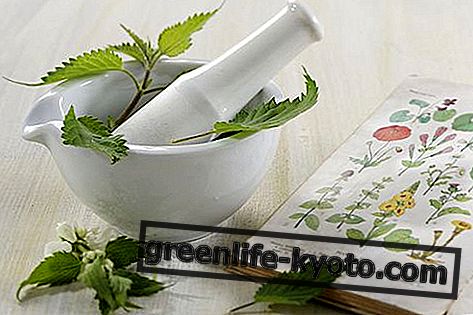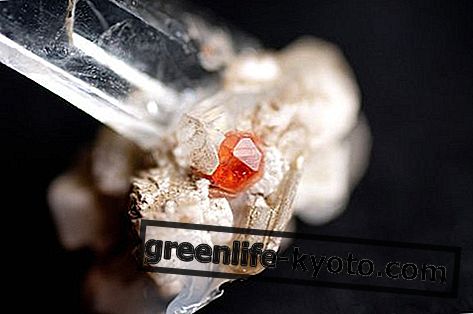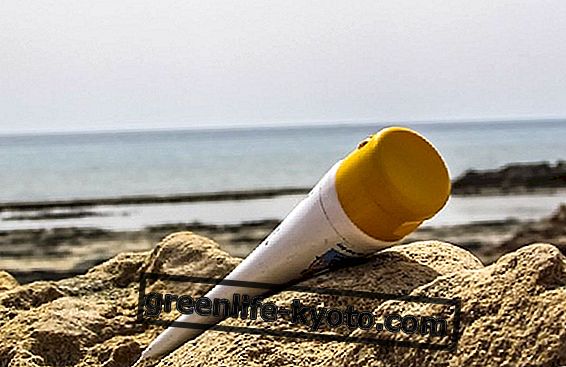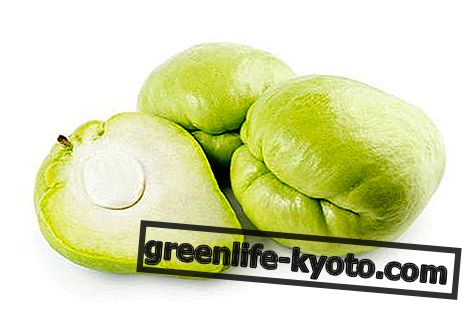The phytotherapist prepares drugs of natural origin, explains to the customer the conditions of use, the possible undesirable effects and the interactions with other pharmacological products of phytotherapeutic preparations created by him or by others. Let's find out better.
>
>

What the phytotherapist does
The use of herbs to combat the onset of diseases dates back to ancient times, when the relationship between man and nature was still sacred, profound. The use of plants is found in all human therapeutic systems, from the most ancient and based on observation and empiricism, to the most sophisticated and with high levels of theoretical complexity, up to modern biomedicine. Hippocrates, considered the father of Western medicine, cited the natural remedy as the third instrument of the doctor, next to the touch and the word. Today science confirms the presence in the herbs of active ingredients that constitute the primary ingredients (phytocomplexes) used by modern chemistry for the development of effective products for the care and health of the body.
Phytotherapy (from the Greek phyton, "plant", and terapeia, "cure"), sometimes also called phytomedicine, has become that part of the pharmacology that studies the therapeutic use of medicinal plants and medicinal preparations obtained from them.
The phytotherapist is a professional figure capable of effectively managing magisterial or medicinal galenical preparations . The first are those performed on the prescription of the phytotherapist who indicates the quality and quantity of each component according to the specific needs of the patient. For the latter, the phytotherapist refers to the National Form of the Official Pharmacopoeia (FU), which indicates its preparation, identifies the substances, the methods of conservation and, in some cases, the expiry.
Furthermore, if he works in specialized pharmacies, the phytotherapist explains to the client the conditions of use, the possible undesirable effects and the interactions with other pharmacological products of phytotherapeutic preparations created by him or by others.
Become a phytotherapist
The phytotherapist, after obtaining a specialist degree in Pharmacy or Chemistry and Pharmaceutical Technologies or in Biological Sciences, needs to do either a II level master or a specialization course to become professional.
You can learn all the benefits and contraindications of phytotherapy
The phytotherapist in Italy and abroad
The regulatory situation regarding phytotherapy remains unsatisfactory for the moment, and not only in Italy. In concrete terms, there is the recognized urgency at Community level to arrive soon at a comprehensive regulation. In Spain, for example, traditional herbs can be sold freely, while in the Netherlands and Belgium forms of control are exercised but only on dietary herbal products, not on pharmacological ones. In Germany, herbal preparations are considered drugs in all respects and the same efficacy and safety tests required by EU Directive 65/65 are theoretically required.
In our country for many years most of the phytomedicines have been produced and marketed in the form of food supplements according to the DL n.111-92 and this has contributed to create a lot of confusion and to minimize the possible risks deriving from the improper use of them. Only in 2004 with Legislative Decree No. 169/2004 was clarified with a specific discipline on food supplements. A further clarification on the difference between food supplements, products intended for a special diet and foods supplemented with vitamins and minerals comes with the ministerial circular dated November 5, 2009. Several bills have been presented in Parliament to regulate phytomedicine, but none of them has become law.
Curiosity
Is the first text written on medicine with plants made of clay and dates back to 3000 BC ? It consists of a series of tablets engraved with cuneiform characters from the Sumerian civilization. The discovery in Assiria of these tablets coming from the famous library of Nineveh, allowed to know the use for therapeutic purposes of the belladonna, of the Indian hemp, of the coloquintide, of the opium and of the cassia.
Useful resources on the profession of phytotherapist
- SIFIT (Italian Society of Phytotherapy) of the Department of Environmental Sciences "Giacomino Sarfatti", Section of Pharmaceutical Biology of the University of Siena
- Phytosurveillance (supervision of the safety of phytotherapy products) by the Higher Institute of Health
- ESCOP (European scientific cooperative on phytotherapy), an organization that brings together the various national associations that deal with phytomedicine and phytotherapy in Europe.













